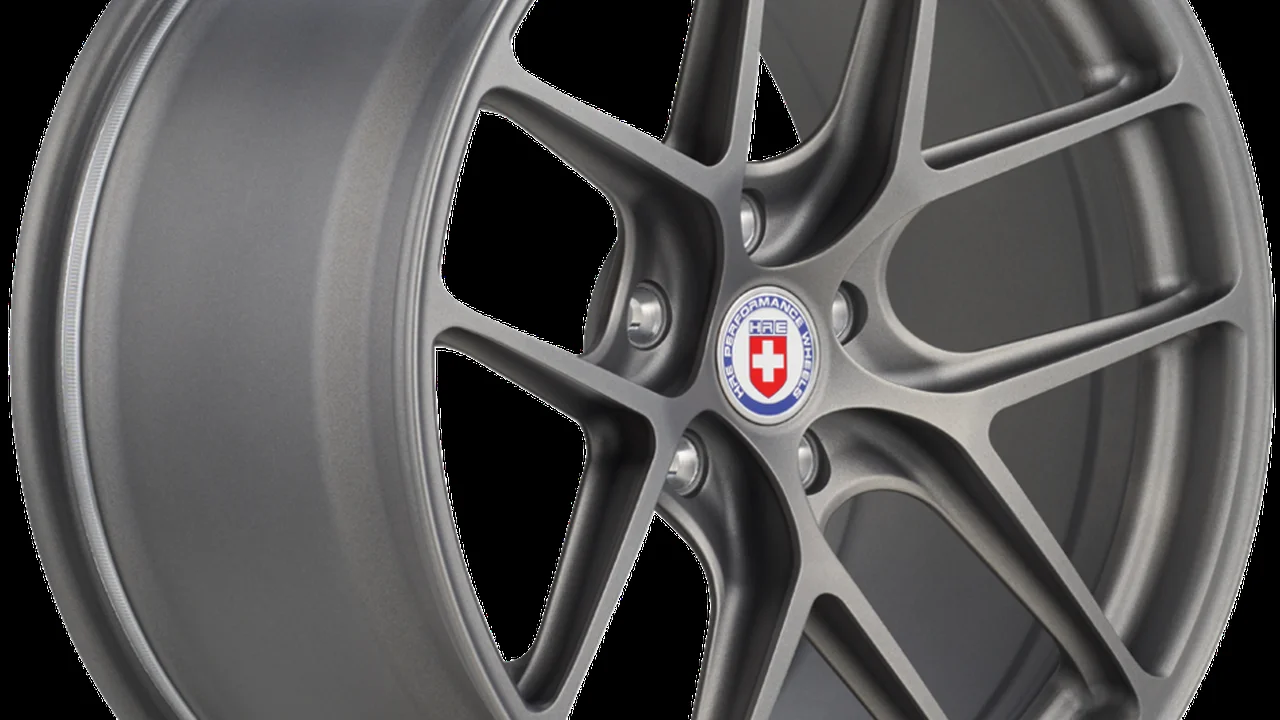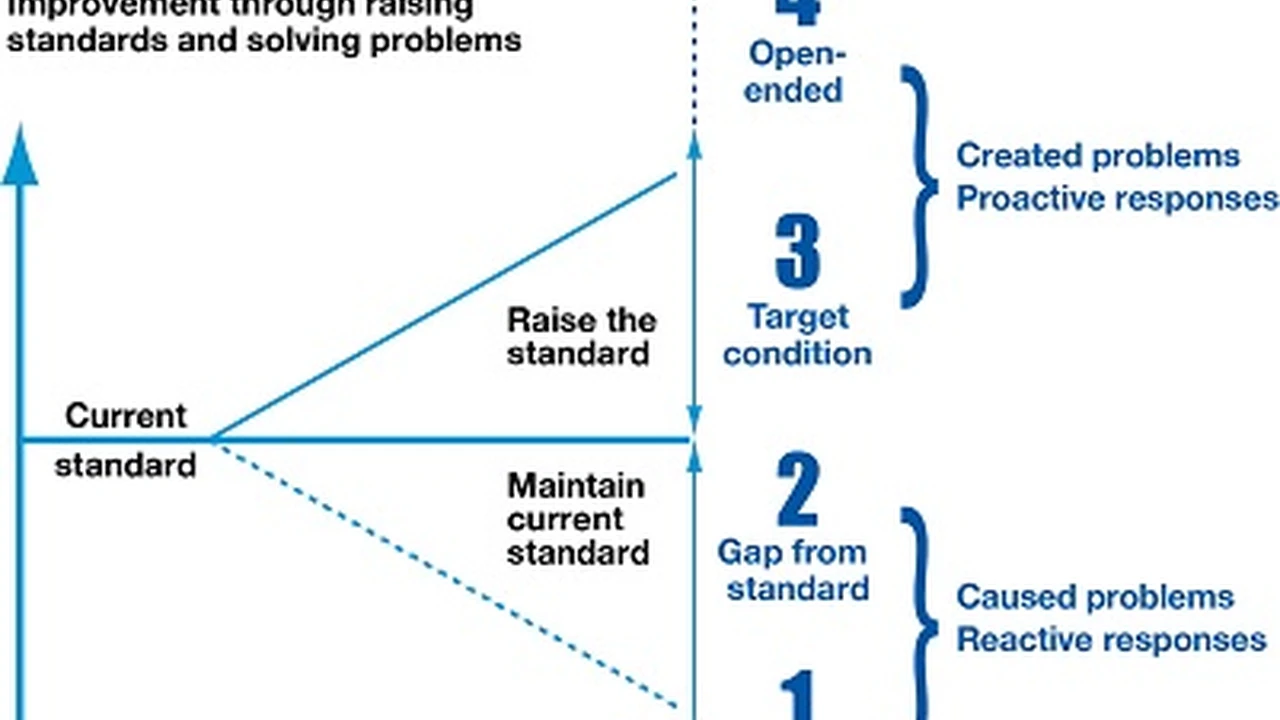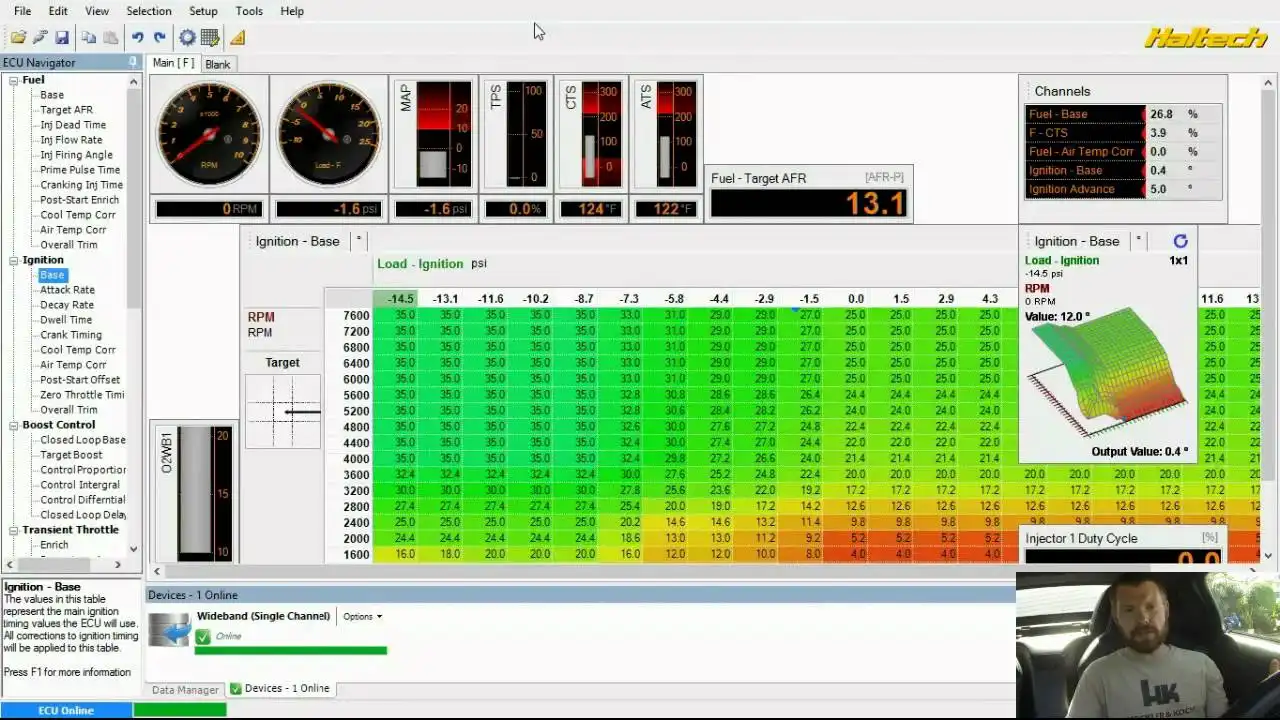Lightweight Wheels: Reducing Unsprung Weight for Better Handling

Reducing unsprung weight can significantly improve handling and acceleration. Learn how lightweight wheels can enhance your car's performance, and explore the benefits of different wheel materials and designs. Improve your car's agility and responsiveness.
Understanding Unsprung Weight and Its Impact on Performance
Okay, let's break down this whole "unsprung weight" thing. Basically, it's the weight of everything that *isn't* supported by the car's springs. Think wheels, tires, brakes, and parts of the suspension. Why does it matter? Because this weight has a huge impact on how your car handles and accelerates.
Imagine your car hitting a bump. The wheels need to move up and down to follow the road surface. Heavier wheels require more force to move, which means the suspension has to work harder. This translates to:
- Slower Suspension Response: The suspension can't react as quickly to changes in the road, leading to a less comfortable ride and reduced grip.
- Reduced Handling: The car feels less responsive and nimble, especially in corners.
- Slower Acceleration: More energy is needed to rotate heavier wheels, slowing down acceleration.
- Increased Braking Distance: Heavier wheels require more force to stop, increasing braking distance.
By reducing unsprung weight, you're essentially making it easier for the suspension to do its job. The wheels can react more quickly to bumps, maintaining better contact with the road. This leads to improved handling, acceleration, braking, and overall ride quality. It's a win-win-win-win situation!
Benefits of Lightweight Wheels for Handling and Acceleration
So, what exactly do lightweight wheels bring to the table? Let's dive into the specifics:
- Improved Handling: This is the big one. Lighter wheels allow the suspension to react faster, resulting in sharper turn-in, better cornering grip, and a more responsive feel. The car feels more planted and connected to the road.
- Faster Acceleration: Less rotational mass means less energy is required to get the wheels spinning. This translates to quicker acceleration, especially from a standstill. You'll feel a noticeable difference in responsiveness.
- Shorter Braking Distance: Lighter wheels require less force to stop, resulting in shorter braking distances. This improves safety and performance, especially in emergency situations.
- Improved Ride Quality: While it might seem counterintuitive, lighter wheels can actually improve ride quality. The suspension can absorb bumps more effectively, leading to a smoother and more comfortable ride.
- Reduced Stress on Suspension Components: Lighter wheels put less stress on suspension components like shocks, springs, and bearings, potentially extending their lifespan.
Think of it like this: it's like taking weight off your feet when you're running. You'll be able to run faster, turn quicker, and feel less fatigued. The same principle applies to your car!
Lightweight Wheel Materials: Forged vs Cast vs Flow Formed
Not all lightweight wheels are created equal. The material and manufacturing process play a huge role in their strength, weight, and cost. Here's a breakdown of the most common materials:
Forged Wheels: The Gold Standard for Lightweight Performance
Forged wheels are the cream of the crop. They're made by compressing a solid block of aluminum under extreme pressure, creating a wheel that's incredibly strong and lightweight. The forging process aligns the grain structure of the aluminum, making it much stronger than cast aluminum.
Pros:
- Extremely Strong and Durable: Forged wheels can withstand a lot of abuse, making them ideal for track use and demanding driving conditions.
- Lightest Weight: Forging allows for thinner and lighter designs without sacrificing strength.
- High-Performance Look: Forged wheels often have intricate and aggressive designs.
Cons:
- Most Expensive: The forging process is complex and time-consuming, making forged wheels the most expensive option.
Ideal for: Serious enthusiasts, track day participants, and anyone who wants the best possible performance and durability.
Cast Wheels: Affordable Lightweight Options
Cast wheels are made by pouring molten aluminum into a mold. This is a simpler and more affordable process than forging, but it results in a weaker and heavier wheel. However, modern casting techniques have improved significantly, and some cast wheels offer a good balance of weight, strength, and cost.
Pros:
- More Affordable: Cast wheels are significantly cheaper than forged wheels.
- Wide Variety of Styles: Casting allows for a wider range of designs and finishes.
Cons:
- Heavier than Forged Wheels: Cast wheels are generally heavier than forged wheels.
- Less Strong than Forged Wheels: Cast wheels are more susceptible to damage from impacts.
Ideal for: Everyday drivers, budget-conscious enthusiasts, and anyone who wants a stylish and affordable upgrade.
Flow Formed Wheels: A Balance of Strength and Weight
Flow formed wheels (also known as flow forged or rotary forged) are a hybrid of casting and forging. The wheel starts as a cast blank, which is then spun and stretched under pressure to form the final shape. This process improves the grain structure of the aluminum, making it stronger and lighter than a traditional cast wheel.
Pros:
- Stronger and Lighter than Cast Wheels: Flow forming improves the strength-to-weight ratio compared to traditional casting.
- More Affordable than Forged Wheels: Flow formed wheels offer a good balance of performance and cost.
- Good Variety of Styles: Flow forming allows for a wider range of designs than forging.
Cons:
- Not as Strong or Light as Forged Wheels: Flow formed wheels are still not as strong or light as true forged wheels.
Ideal for: Enthusiasts who want a significant performance upgrade without breaking the bank. A good compromise between cost, weight, and strength.
Choosing the Right Lightweight Wheels: Size, Offset, and Bolt Pattern
Once you've decided on a material, you need to choose the right size, offset, and bolt pattern for your car. These factors are crucial for ensuring proper fitment and avoiding potential problems.
Wheel Size: Diameter and Width
The diameter of the wheel is measured in inches and refers to the overall size of the wheel. The width is also measured in inches and refers to the distance between the inner edges of the wheel's flanges (where the tire sits).
- Diameter: Increasing the wheel diameter can improve handling and aesthetics, but it can also negatively affect ride quality and acceleration if you don't choose the right tire size. Sticking close to the original diameter is usually the safest bet.
- Width: Increasing the wheel width can improve grip and handling, but it can also lead to rubbing issues if the wheel is too wide for the fender. Check your car's specifications and consider the available space in the wheel wells.
Wheel Offset: How the Wheel Sits in the Wheel Well
Offset is the distance between the wheel's mounting surface and its centerline. It's measured in millimeters and can be positive, negative, or zero.
- Positive Offset: The wheel's mounting surface is closer to the outside of the wheel. This pushes the wheel further inward towards the suspension.
- Negative Offset: The wheel's mounting surface is closer to the inside of the wheel. This pushes the wheel further outward away from the suspension.
- Zero Offset: The wheel's mounting surface is exactly in the center of the wheel.
Choosing the correct offset is crucial for ensuring that the wheel doesn't rub against the suspension or fender. Consult your car's specifications or use an online wheel offset calculator to determine the correct offset for your vehicle.
Bolt Pattern: Matching the Wheel to Your Car's Hub
The bolt pattern refers to the number of bolts and the diameter of the circle they form. It's typically expressed as two numbers, such as 5x114.3, which means the wheel has 5 bolts and the bolt circle diameter is 114.3 millimeters.
It's absolutely crucial to choose wheels with the correct bolt pattern for your car. Using the wrong bolt pattern can damage the wheel, the hub, and the suspension. Double-check your car's specifications before purchasing wheels.
Lightweight Wheel Recommendations: Specific Products and Pricing
Alright, let's get down to brass tacks. Here are a few lightweight wheel recommendations across different price points and applications:
Budget-Friendly Options: Cast Wheels for Everyday Use
- Enkei RPF1: A classic and affordable cast wheel known for its lightweight design and durability. Great for street and track use. Expect to pay around $200-$300 per wheel.
- Konig Hypergram: Another popular cast wheel that offers a good balance of weight, strength, and style. Available in a variety of colors and sizes. Around $150-$250 per wheel.
Mid-Range Options: Flow Formed Wheels for Performance Enthusiasts
- Apex EC-7: A flow formed wheel designed specifically for BMWs, but also available in other fitments. Known for its strength, lightweight design, and track-proven performance. Around $350-$500 per wheel.
- Titan 7 T-R10: A lightweight flow formed wheel with a clean and aggressive design. Offers excellent strength and performance for the price. Around $400-$600 per wheel.
Premium Options: Forged Wheels for Ultimate Performance
- BBS FI-R: The holy grail of lightweight wheels. Forged magnesium construction makes these wheels incredibly light and strong. Extremely expensive, typically around $2000+ per wheel.
- HRE FF01: A forged aluminum wheel known for its high-quality construction and stunning designs. Offers exceptional performance and aesthetics. Expect to pay around $1500+ per wheel.
Important Note: Prices can vary depending on the size, finish, and retailer. Always check with the manufacturer or retailer for the most up-to-date pricing.
Installation Tips and Considerations for Lightweight Wheels
Installing lightweight wheels is generally the same as installing any other wheel, but there are a few things to keep in mind:
- Use the Correct Lug Nuts: Make sure you're using the correct lug nuts for your wheels. Some aftermarket wheels require special lug nuts with a different seat angle or thread pitch.
- Torque Lug Nuts to Specification: Use a torque wrench to tighten the lug nuts to the manufacturer's specified torque. Over-tightening can damage the wheel or the hub.
- Re-Torque Lug Nuts After 50-100 Miles: It's a good idea to re-torque the lug nuts after driving 50-100 miles to ensure they haven't loosened.
- Consider Hub-Centric Rings: If the center bore of the wheel is larger than the hub diameter of your car, you'll need to use hub-centric rings to ensure proper centering and prevent vibrations.
Maintaining Your Lightweight Wheels for Longevity
To keep your lightweight wheels looking their best and performing optimally, follow these maintenance tips:
- Clean Regularly: Wash your wheels regularly with soap and water to remove dirt, brake dust, and other contaminants.
- Use a Wheel Cleaner: For stubborn brake dust, use a wheel cleaner specifically designed for your wheel finish. Avoid harsh chemicals that can damage the finish.
- Protect the Finish: Apply a wheel sealant or wax to protect the finish from the elements and make cleaning easier.
- Inspect for Damage: Regularly inspect your wheels for cracks, bends, or other damage. Address any damage promptly to prevent further problems.
By following these tips, you can ensure that your lightweight wheels provide years of reliable performance and enhance the overall driving experience of your car.
:max_bytes(150000):strip_icc()/277019-baked-pork-chops-with-cream-of-mushroom-soup-DDMFS-beauty-4x3-BG-7505-5762b731cf30447d9cbbbbbf387beafa.jpg)






